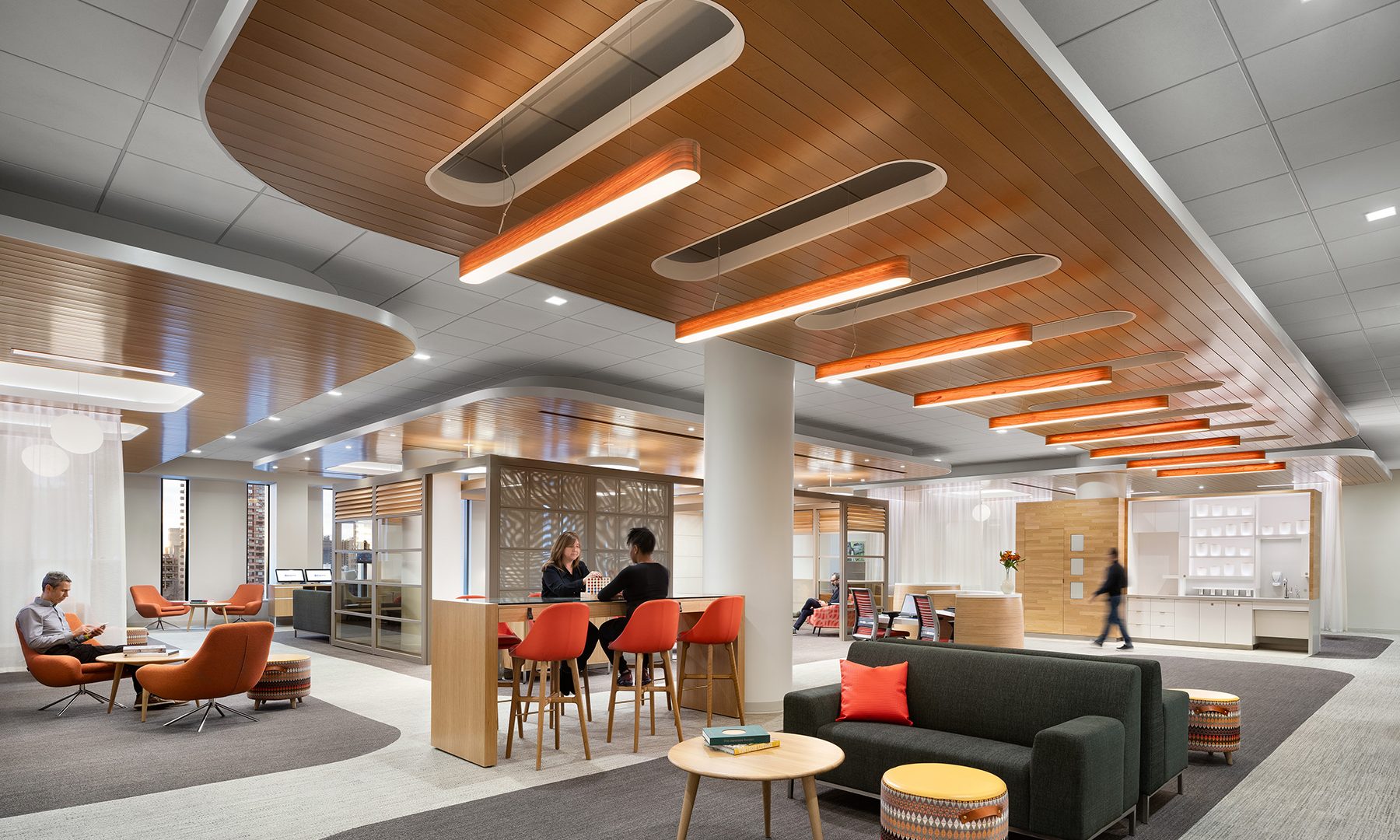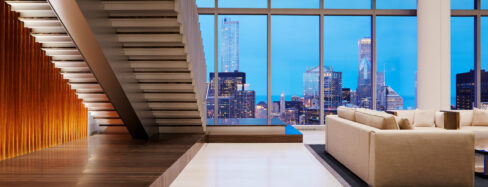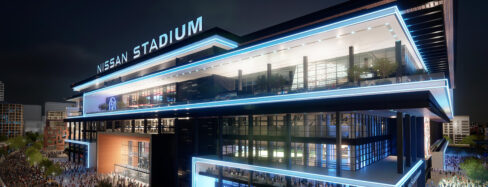Human Experience
How often have you paid a visit to a health care facility – a doctor’s office, routine outpatient medical office building, hospital or long-term care center to visit a loved one – expecting a dull, dreadful, harsh or even confusing environment? A clinical space’s primary mandate is for immediate medical care, and often human-centric, appealing design is not the highest priority. We don’t usually equate these places with visual comfort or an especially inviting ambience.
Despite these expectations, lighting design has become ever more important to the design of healthcare facilities around the world. Simply providing appropriate light levels for visual tasks in order to meet best practices recommendations, code compliance and budget requirements is not enough. They should be built with care towards the patient, visitor and staff experience, and the consideration of good lighting design is vital to that mandate.
Patient and Staff Care
Whether it’s an ambulatory facility focused on outpatient services, such as medical office buildings (MOB’s), or an inpatient hospital or extended nursing home, the human experience is of paramount importance to the successful function of the facility. Performance, mood and perception are affected by light. The human response to light is powerful and nuanced; it is integral to well-being, it can create order, provide visual clues for wayfinding and instill confidence. Providing a variety of lighting layers in a space – ambient, vertical, accents and feature – allows a well-designed architectural space to feel sculpted, and therefore more comforting and calming.
The patient care experience has become a vital concern to healthcare facility owners and operators, architects and planners. This concern is informed by a desire to provide better patient satisfaction and outcomes, comfort for their families as they support of loved ones under duress, and support the staff and medical workers that are devoted to healing. Lighting plays a crucial role in creating an environment that caters to the needs of these groups. For example, in a medical environment, spectral composition and ability to render color are critically important when evaluating or assessing patient pallor and associated visual clues to underlying health conditions. Fifty percent of our visual cortex is to process and see red. The robust presence of rich red in light is necessary when designing patient evaluation spaces.
Patients have choices and, more than ever, expectations – especially when it comes to healthcare providers and their facilities for elective use. Simply put, the healthcare business is competitive. Public spaces and elective treatment spaces have trended toward resembling the hospitality sector, sometimes with a concierge-level of attention to detail. Wherever possible and practical, daylight should be utilized, as its physiological and psychological benefits are unparalleled. Tunability of light, or dimming between cool and warm light source color temperatures in support of circadian rhythm, has become an important consideration in the design of healthcare lighting. The successful integration of this approach requires careful orchestration of many aspects of light including, but not limited to, the appropriate spectral composition, source location, intensity and timing, etc. Proper implementation and control requires great care and expertise. It can be costly despite its potential for long term healing and wellness benefits, so the strategic use of this approach is to be carefully and thoughtfully considered.
Physical Design
The efficiency of LED light sources and the multitude of lighting equipment form factors has resulted in refinements in the presence of lighting equipment within ceiling planes, coves, cabinetry, on walls, and even task lighting. Shallow housings, articulated components and glare control optics allow for ever more elegant and visually appealing designs offering a greater array of finishes, distribution, aimabilty, control options and accessories for visual comfort supporting the idea of the hospitality model as a design driver. Consideration for dimming and light placement in what are often twenty-four-hour facilities is critical, as are provisions for localized patient control.
The performative and emotional aspects of lighting in healthcare facilities have evolved so much that careful attention to exceptional lighting is a must. Investing carefully and strategically in healthcare lighting is vital to a facility’s overall success, as are the incomparable benefits to the human experience – for patients, visitors and staff – that are the greatest measure of success.


